How To Hang a Curtains Like a Professional

Curtains can change the look and feel of any room, whether you opt for a neutral fabric or a pop of print or colour. Curtains add instant polish to space and can even help make a room feel taller — but it’s all about how you hang them. So, do you know how to hang a curtain? What about how to hang floor to ceiling curtains? Or how high to hang a curtain rod? How many panels do you need? What material should you use? Should you choose blackout curtains, unlined curtains, or lined ones? Are they “drapes” or “curtains”? Rest easy — we’ve got you covered with our fool-proof curtain-hanging tips and information.
1.Hang them high

Especially in rooms with low ceilings, be sure to hang your curtain rod as high as possible. When your curtains go to the ceiling, this accentuates the height of the room and helps to draw the eye up, creating the illusion of a taller ceiling. Already blessed with high ceilings? In spaces with tall ceilings, a good rule of thumb is either to hang the curtain rod 8 to 12 inches above the window frame or about halfway between the window frame and the ceiling.
2. Hang them wide

When you open your curtains, you want the panels to just “kiss” the outside edge of the window frame rather than obscure any of the glass window pane. This simple trick allows the maximum amount of light to come through, and it has the added benefit of making your windows feel wider. Aim to hang the curtain rod brackets approximately 6 to 8 inches beyond the window frame so when the curtains fall naturally, they won’t block the light.
3. Hang them in the right length
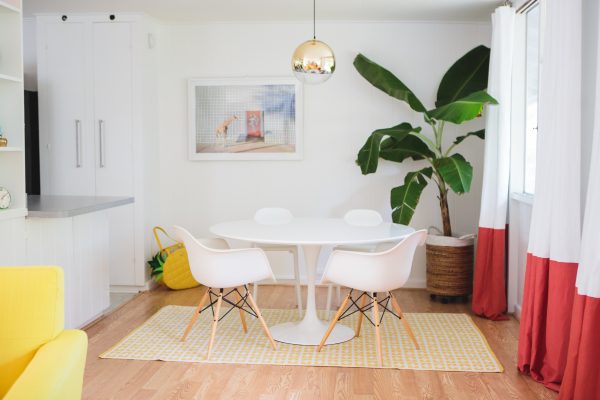
Choose curtains in a length that will hang either just above the floor or just touch the floor. You can “puddle” the curtains on the floor for a more luxurious, bohemian look — but never, and we mean never, hang your curtains so they hover more than a couple of inches off the floor. Where’s the flood?
4. Hang the right amount of panels

When you close your curtains, you want a bit of fullness so that the curtains don’t look flat. An easy way to determine how many panels you’ll need is to multiply the width of your windows by 1.5 — this is the minimum amount of panel width that you’ll want to cover your windows. So for example, if your window is 60″ wide, you’ll need at least 90″ of the panel width. Most panels fall in the 48-inch to 54-inch range, so two panels will do the job here.
5. Hang the right style of panel
Not sure about sheer curtains vs. lined curtains vs. blackout curtains? Let’s break it down,
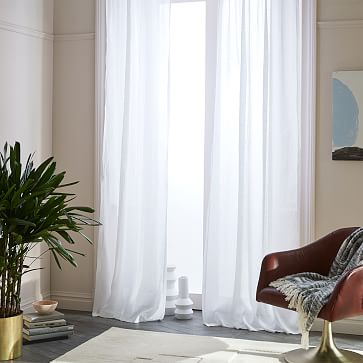
Sheers are perfect for when you want a little bit of privacy, but still want as much light to pass through as possible. Commonly used in main living spaces, these come in a variety of materials and can also feature a subtle pattern or texture. When buying sheers, avoid shiny synthetic materials which tend to look dated — look for fabrics with a dryer hand and more natural-looking texture.

Lined curtains offer significantly more privacy than sheers but still filter light through. These are also great options if you are concerned about the way your curtains look from the outside — instead of seeing the reverse of the curtain fabric, passersby will see a clean white lining.
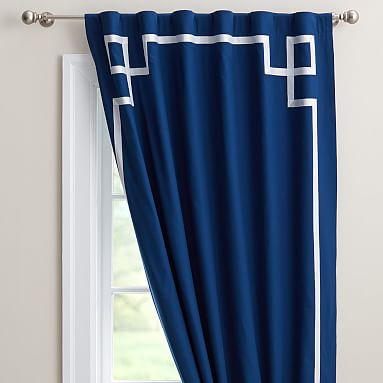
Blackout curtains are a no brainer for bedrooms or nurseries and either feature a blackout lining (to convert a regular curtain to a blackout curtain) or they feature special fibres woven directly into the curtain to block all light possible. To maximize the light-blocking features of these panels, we recommend using curtain rods that are rounded at the edges, so your curtains can completely envelop the window frame when closed completely.
Whether you’re looking to hang curtains in your living room, bedroom, or elsewhere these tactics will help you get them up like a professional in no time.

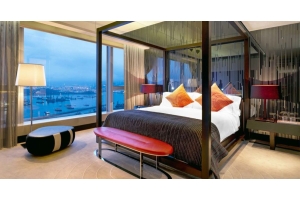
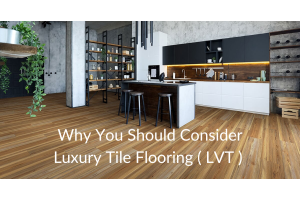
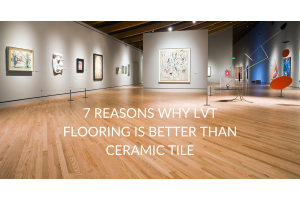



Validate your login